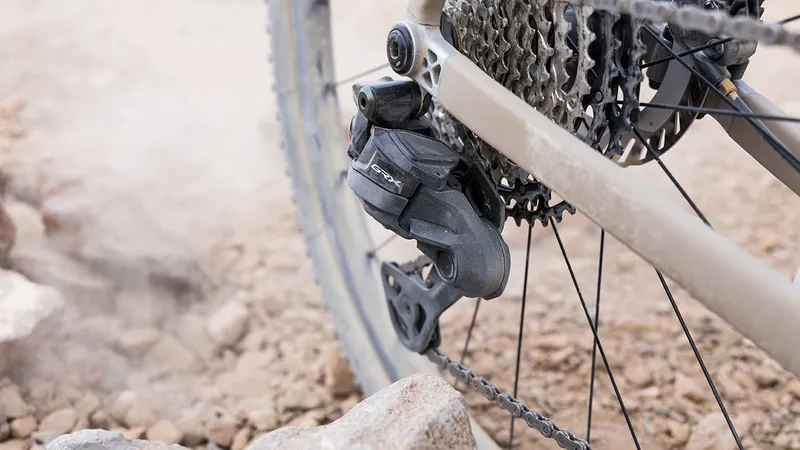The chain is one of the most stressed components of a bicycle: it's constantly moving, exposed to dust, mud, rain, and road debris. Properly cleaning your bike chain is essential because a dirty chain not only reduces drivetrain performance but also accelerates wear on chainrings, sprockets, and derailleurs. Furthermore, dirt hinders lubricant penetration, causing friction, noise, and loss of pedaling power. A well-cleaned and lubricated chain, however, ensures greater efficiency, quietness, and longevity of the entire drivetrain system.
What products do you need to clean the chain?
For one maintenance effective it is necessary to use the right products. First of all, a specific degreaser for bikes, preferably biodegradable, because it is more delicate on paint and seals. Alternatively, you can also use degreasing soap or multipurpose detergent, as long as it is not aggressive. You then need a chain brush or a scrubbing tool with internal rollers. Alternatively, an old toothbrush can work well. A microfiber cloth to dry the chain before lubricating. Finally, it is essential to chain lubricant, to be chosen based on the conditions of use: “dry” lubricants for dry and dusty climates, “wet” for rain and mud, or ceramic lubricants for those seeking maximum efficiency.
Does the chain need to be removed?
It is not mandatory, but removing the chain simplifies cleaning and allows for a more accurate result. Chains equipped with quick link (quick link/master link) can be easily opened with special pliers. Once removed, the chain can be completely immersed in degreaser for a deep clean. Otherwise, you can clean it directly on the bike, using a washer with a reservoir and rollers that slide the chain while the bike is stationary.
How to clean rust from your chain
If the chain is rusty, the first step is to assess its condition: if the rust is superficial, you can try to repair it; if it is deep or has compromised its smoothness, it is advisable to replace it. To clean, disassemble the chain and immerse it in a mixture of degreaser and hot water or in a white vinegar bath for 1–2 hours. Use a soft-bristled wire brush or an abrasive sponge to gently remove rust. After treatment, rinse with clean water, dry thoroughly, and immediately apply a specific lubricant to protect the metal from moisture and prevent further oxidation.
How to apply lubricant correctly
Once clean and dry, the chain should be carefully lubricated. Apply a small amount of lubricant. on every shirt, slowly sliding it backwards. Don't overdo it: excess attracts dust and dirt. After applying the product, it's a good idea to let it sit for a few minutes, then remove the excess with a dry cloth, keeping the chain moving. This allows the lubricant to penetrate the rollers, where it's really needed.
How to reassemble the chain
If you have removed the chain, make sure to reassemble it in the same direction, if the model is directional. Use the quick link pliers or the appropriate tool to close the connecting link, ensuring it is properly engaged. Before setting off, perform a complete rotation of the drivetrain to ensure everything operates smoothly and quietly. A regularly cleaned and lubricated chain extends the life of the entire drivetrain and significantly improves pedaling quality.
Be careful with disc brakes
If your bike is equipped with disk brakes, lend maximum attention when cleaning and lubricating the chain. Absolutely avoid using degreaser or lubricant come into contact with brake discs or pads, as they could drastically compromise braking performance. Protect the discs by covering them with a clean cloth or a specific protector during the procedure. If you accidentally dirty them, clean them immediately with a disc brake cleaner, and if they make noise, proceed to change the pads.

